Painting challenge: asthma and painting over peeling paint
baltomom_gw
11 years ago
Featured Answer
Sort by:Oldest
Comments (18)
graywings123
11 years agoVertise
11 years agoRelated Professionals
Bothell Painters · Deptford Painters · Manchester Painters · Midlothian Painters · Fairhaven Painters · Beloit Painters · Bountiful Painters · Des Moines Painters · Spartanburg Painters · Mount Prospect Cabinets & Cabinetry · New Castle Cabinets & Cabinetry · Conyers Flooring Contractors · Medford Flooring Contractors · Oshkosh Flooring Contractors · Strongsville Flooring Contractorsbaltomom_gw
11 years agoChristopher Nelson Wallcovering and Painting
11 years agograywings123
11 years agogeoffrey_b
11 years agograywings123
11 years agobaltomom_gw
11 years agoChristopher Nelson Wallcovering and Painting
11 years agoVertise
11 years agoChristopher Nelson Wallcovering and Painting
11 years agobaltomom_gw
11 years agograywings123
11 years agoChristopher Nelson Wallcovering and Painting
11 years agograywings123
11 years agoChristopher Nelson Wallcovering and Painting
11 years agoCharles Graves Painting
5 years ago
Related Stories
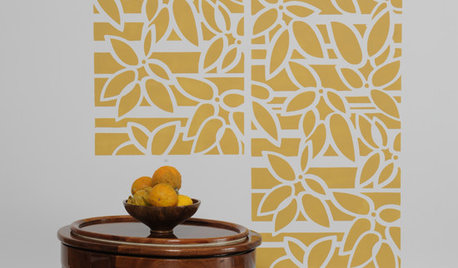
DIY PROJECTSHow to Use an All-Over Wall Stencil
Step-by-Step: Punch Up a Wall With a Bright, Bold Stencil Pattern
Full Story
HOUZZ TOURSMy Houzz: Creative Renters Triumph Over the ‘No Paint’ Rule
Not allowed to paint and limited with nails, a design-minded couple uses furnishings and textiles to make their rooms stand out
Full Story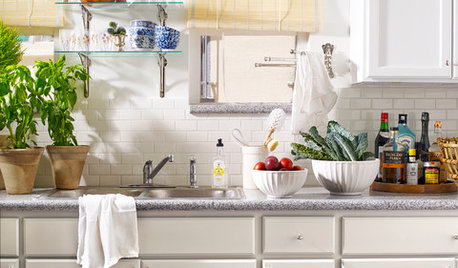
KITCHEN DESIGNKitchen of the Week: Making Over a Rental for About $1,500
Fresh paint, new hardware, added storage, rugs and unexpected touches breathe new life into a Los Angeles apartment’s kitchen
Full Story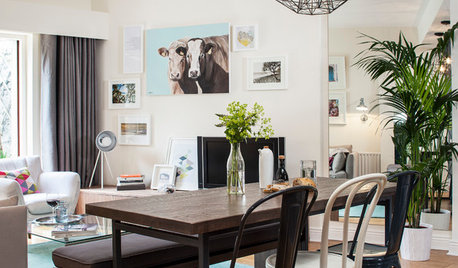
LIVING ROOMSRoom of the Day: Dividing a Living Area to Conquer a Space Challenge
A new layout and scaled-down furnishings fill the ground floor of a compact Dublin house with light and personality
Full Story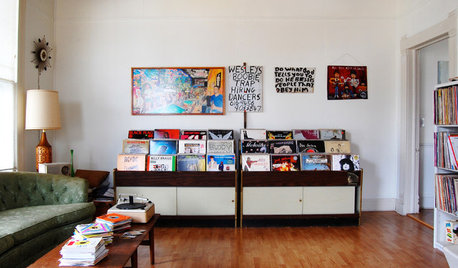
HOUZZ TOURSMy Houzz: Peeling Back Layers in a 1908 Home
Hidden fireplaces, buried hardwood and covered beadboard resurface thanks to a Mississippi couple's DIY efforts
Full Story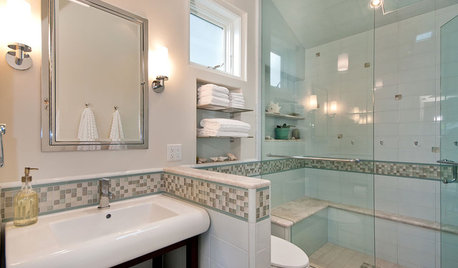
BATHROOM DESIGN6 Elements of a Perfect Bathroom Paint Job
High-quality paint alone won't cut it. For the best-looking painted bathroom walls, you'll need to get these other details right
Full Story
PAINTINGWhat to Know About Milk Paint and Chalk Paint — and How to Use Them
Learn the pros, cons, cost and more for these two easy-to-use paints that are great for giving furniture a vintage look
Full Story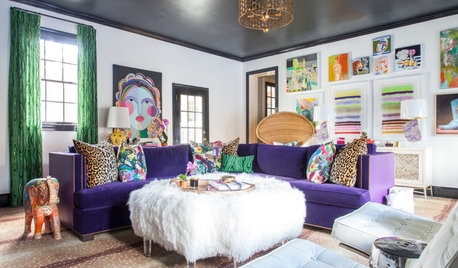
DECORATING GUIDESRoom of the Day: A Family Room That’s Up to the Challenge
An invitation to do a makeover inspires an interior designer to revitalize her family room with bold colors and prints
Full Story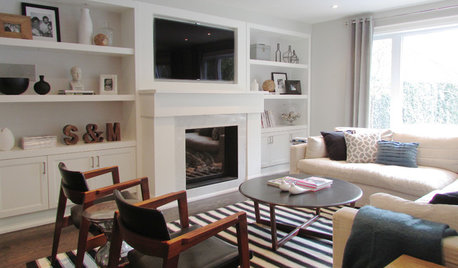
HOUZZ TOURSMy Houzz: Rising to the Renovation Challenge in Toronto
An eye for potential and substantial remodeling lead to a chic and comfortable home for a Canadian family
Full Story
HOME OFFICESStand-Up Desks Rise to Health Challenges
Sitting all day may be wrecking your health. Are you going to stand for that?
Full Story








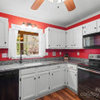

Christopher Nelson Wallcovering and Painting